If you are a Formula 1 expert, this article is not for you. This Motorsport Exponent is for all those who even like Formula 1, but don't know very well the details of the reigning discipline of motorsport.
That's why we've gathered 15 facts and curiosities about Formula 1 so that even those who know less about the sport can “shine” in a conversation with friends.
Go ahead and fire off some of these facts during a conversation.
1. 10 million for a Formula 1
Although the Formula 1 teams do not disclose the values, it is estimated that each car will cost 10 million euros. This cost only concerns the single-seater.
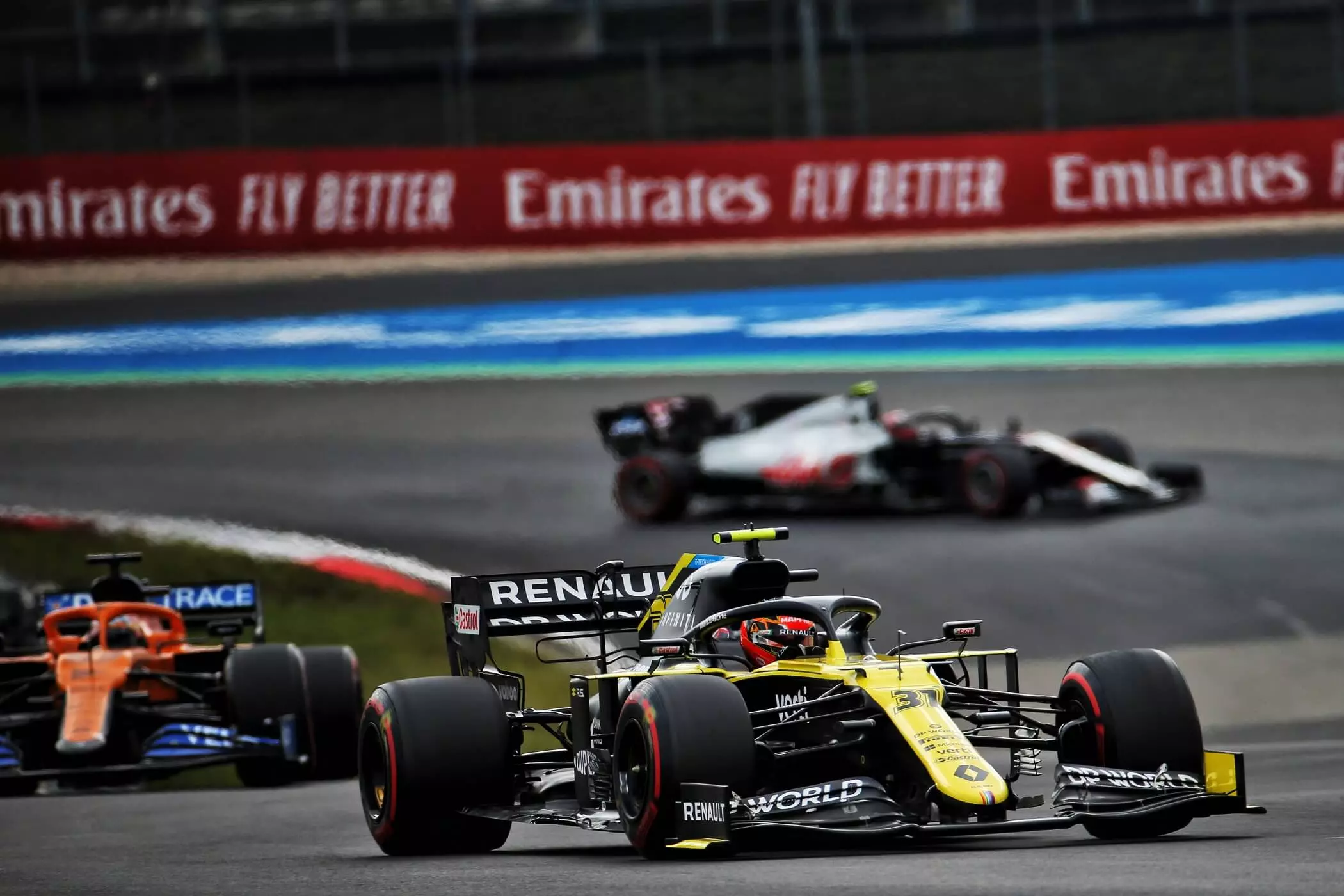
Now add the costs of team structure, staff, spare parts, production and development, accidents, marketing and communication, travel… 10 million euros is just the tip of the iceberg.
The top teams have an annual budget that exceeds 400 million dollars. Yes, that's right, 400 million dollars (about 337.1 million euros).
Subscribe to our newsletter
2. Acceleration from 0-100-0 km/h in less than 4 seconds
It's absurd. A Formula 1 car is capable of accelerating from 0-100 km/h in about 2.5s. But it's not even this acceleration that impresses the most.
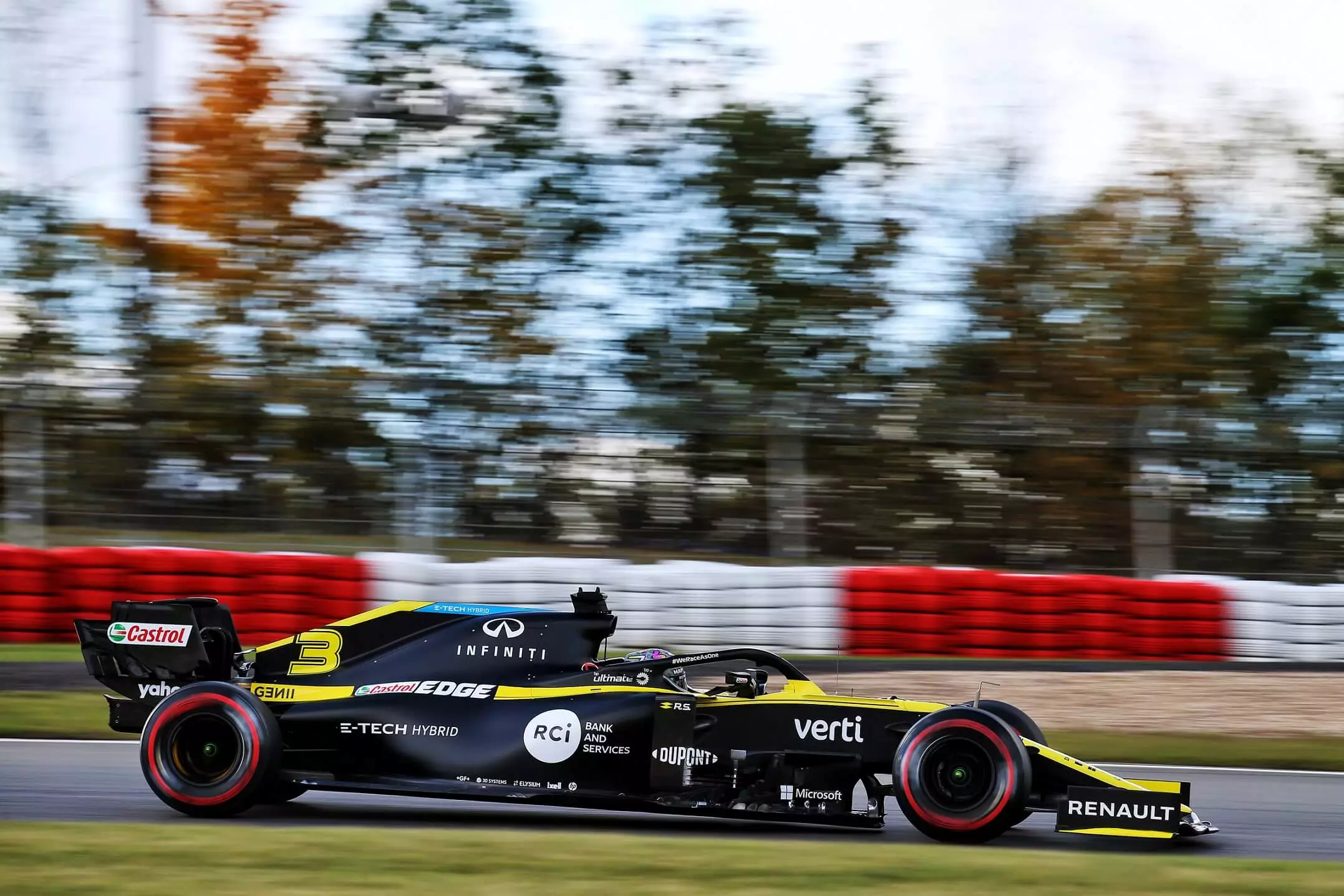
The speed climb of an F1 car is even more impressive from 100 km/h onwards. Acceleration from 100-200 km/h is even faster. With no traction limitations, a Formula 1 meets 100-200 km/h in 2.0s. The 0-300 km/h appears in just 10.6s.
3. Brake discs at 1000 °C
Just as important as gaining speed is… losing it. Formula 1 single-seaters are capable of generating 4 g under braking. During a Grand Prix, the brakes reach 1000 °C (degrees centigrade), the same temperature as for volcanic lava.

Lap after lap, the brakes are one of the elements subject to the greatest mechanical stress in a single-seater. After all, nobody wants to be without braking at more than 300 km/h, does he?
4. F1 engines surpass 1000 hp of power
Nobody knows what the concrete power of a modern Formula 1 is. The teams do not disclose the values, but it is estimated that the power of the single-seaters competing in the Grand Prix of Portugal this weekend will exceed 1000 hp.
They are the most efficient engines in the history of Formula 1. In technical terms, we are talking about V6 engines at 90º, with 1.6 l capacity. It is from this architecture that F1 teams try to extract as much power as possible. In terms of engine speed, Formula 1 engines reach 15 000 rpm (regulatory limit).
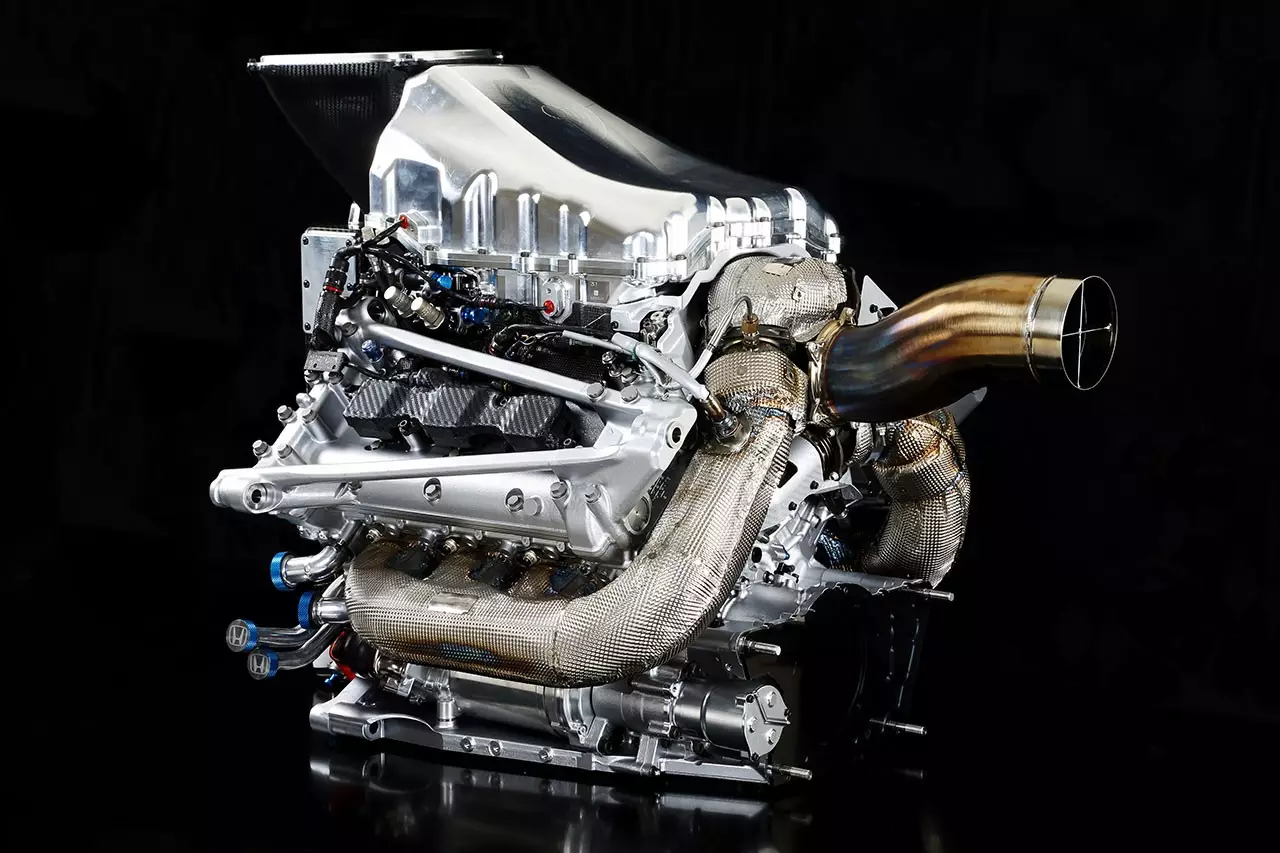
Although 15,000 rpm is the regulatory limit, most cars rarely exceed 12,000 rpm during a race due to restrictions on fuel consumption. Previously, 2.4 l V8 engines (seasons 2007 to 2013) reached 19,000 rpm.
5. Engines do not start cold
It is impossible to run an F1 engine in the cold. The tolerances between the moving parts of the engines are so tight that only when all the materials are at the ideal temperature is it possible to wake up an engine from an F1.
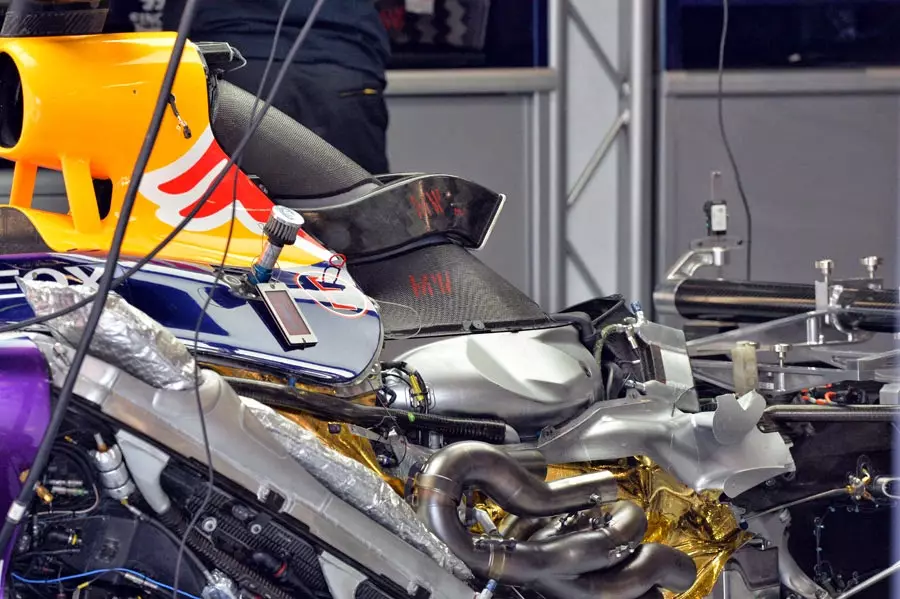
That's why the starting procedure of a Formula1 requires the use of external heat pumps. Once in operation, there are also limits on how long each car can remain stationary, at the expense of the engine overheating.
6. Each engine only lasts 7 races
With just three engines a season, each one needs to last seven races. If a driver exceeds the allocation of engines, he will have penalties on the starting grid.It's not just about the race on Sunday, the engines also need to do the practice and qualifying sessions. In the 80's it wasn't like that. The teams had specific engines for the qualifying sessions, more powerful but less reliable, with a lifespan of less than three laps.
Today's engines can run seven races without sacrificing performance.
7. 80K high quality components
In a sport where every hundredth of a second counts, all the elements are fundamental. Even the little ones.

It is estimated that a Formula 1 is made up of more than 80 thousand components. Each of them is produced to the highest quality standards. Even the simplest screw.
See here all the complexity of producing an element as simple as this one (you'll be impressed!)
8. Drivers lose 4 kg per race
Temperatures inside Formula 1 cars can exceed 50°C. There is no air conditioning. Just enough space to fulfill the mission: to be as fast and constant as possible.That's why during a Grand Prix, Formula 1 drivers are able to lose up to 4 kg of weight. Now this is a fast diet.
9. Tires also lose weight
It's not just riders who lose weight. Due to wear, the tires also lose weight throughout the race.
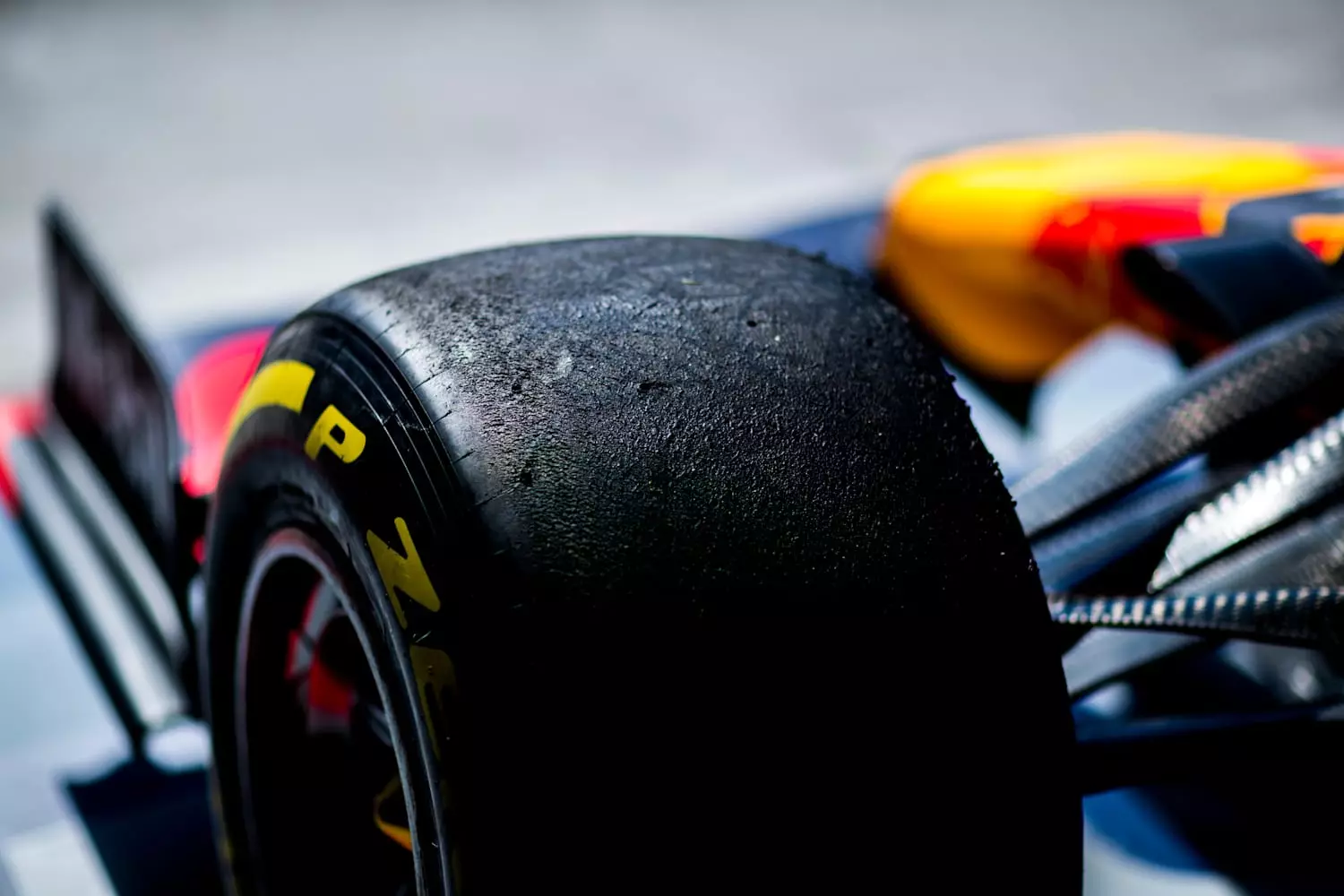
We are talking about a loss of 0.5 kg of rubber. Fruit of speed, braking force and dizzying lateral accelerations.
10. The toughest helmets in the world
When speeds easily exceed 300 km/h, all protection is low.
Formula 1 drivers use one of the toughest helmets in motorsport. Despite the adoption of the HALO protective bow since 2018 — a titanium-built component, weighing 9 kg — helmets continue to be very important in pilot safety.

All helmets undergo an approval process to ensure maximum safety in the event of an accident.
11. Formula 1 cars can go "upside down"
Hypothetically, Formula 1 cars could go "upside down". Thanks to the aerodynamic support generated by the bodies, it would be possible for a Formula 1 to go “legs in the air”.
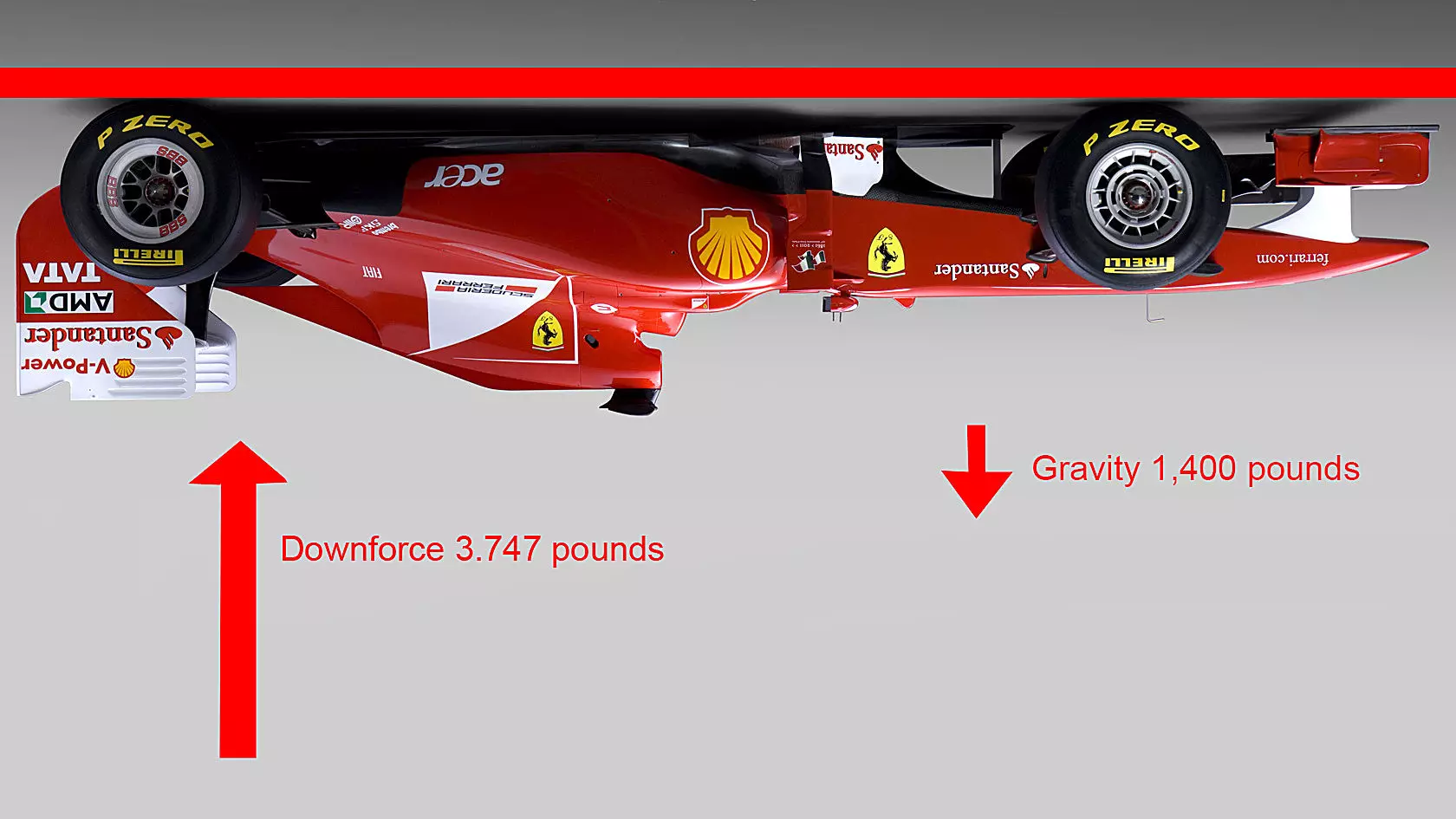
It's a possibility, everything indicates that it would be possible — although no one has ever tried. The main obstacle would be related to the supply of the engine and the lubrication of certain components.
12. Do you find the steering wheel of your car complex?
More than 20 buttons. In a Formula 1 the steering wheel is not just for turning the wheels. This component contains all the controls and settings needed during a race.As you can see in this video, it's a real command center. It's not enough to be fast, modern F1 drivers must also have enough mental dexterity to command all single-seater parameters at over…300 km/h.
13. More than 600 people working per team
Although the company's stars are the pilots, there are hundreds of people behind the scenes fighting for victories.
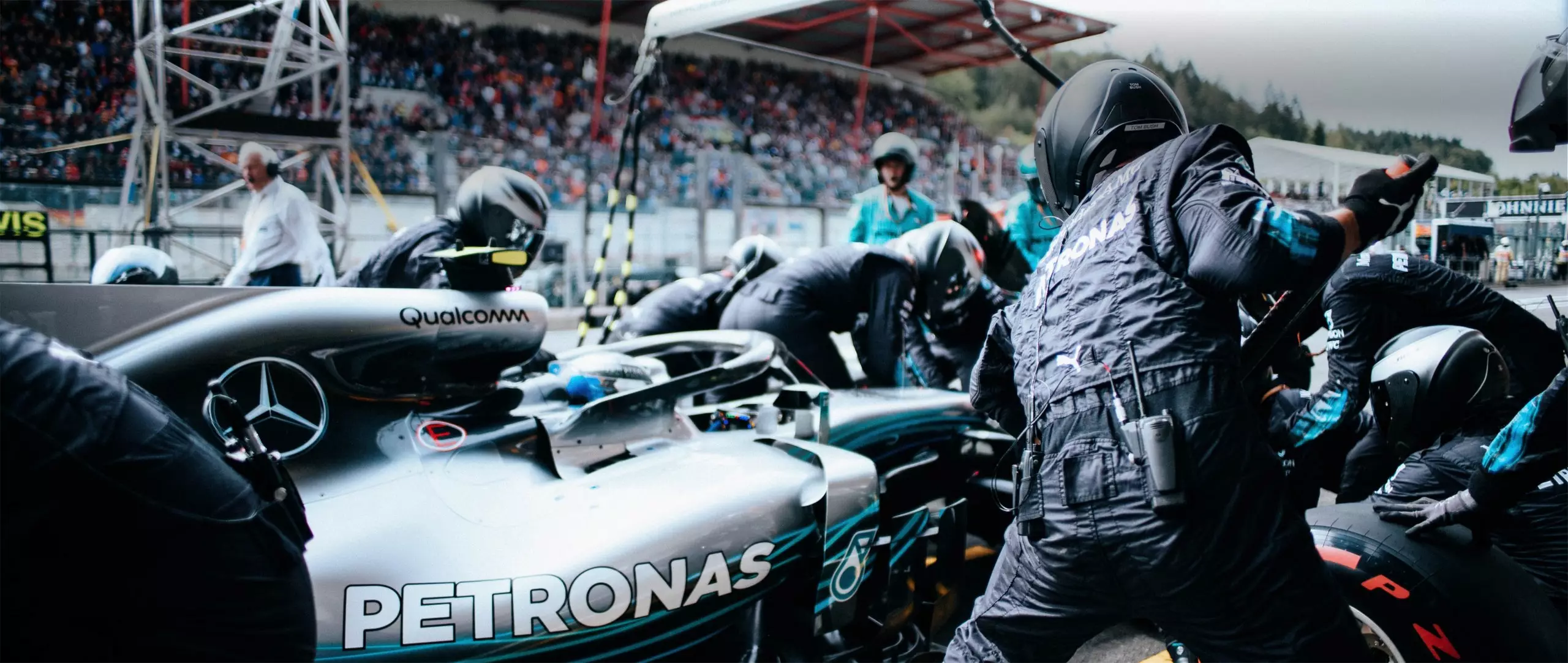
Most of the team's staff do behind-the-scenes work. From development to racing simulations. Objective? Be as fast and efficient as possible.
14. The last Grand Prix of Portugal
Before the unexpected return of Formula 1 to the Algarve International Autodrome, the great Formula 1 circus had already visited our country.It was in Portugal that Ayrton Senna won for the first time. And it was at the Estoril Circuit, in 1996, that we watched the last Formula 1 race in Portugal. May this year's Grand Prix in the Algarve be the first of many.
15. Extreme lateral accelerations
As you can see in this video, Formula 1 cars, the result of aerodynamic work, are capable of generating massive doses of aerodynamic load.
Enough to put riders in peaks of lateral acceleration in excess of 6.5 g in a corner. That is, the equivalent of six and a half times your body weight.
Now imagine doing this exercise for an entire weekend, lap after lap.
It is for all these reasons and a few more that, this weekend, we will all be glued to the screens to watch Formula 1. May this be the first of many GP's in Portugal in the coming years.
